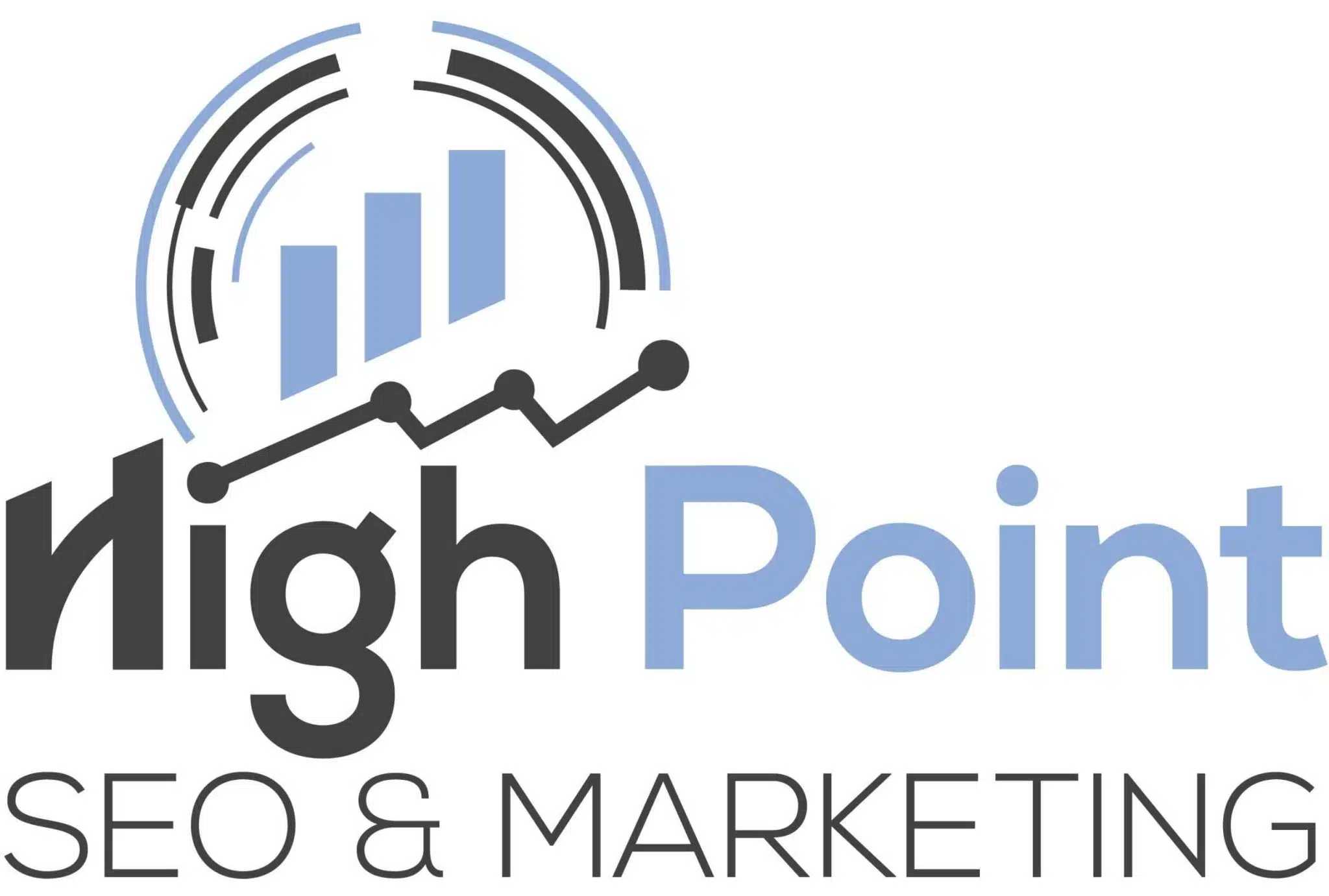The Role of User-Generated Content in Branding

Welcome to the fascinating world of UGC and branding! UGC helps brands engage with their audience in today’s digital age when consumers are bombarded with ads and brand messages. UGC—from social media to online reviews—is changing how organizations develop their identity and interact with customers.
Why UGC is important for branding?
Brands may boost their branding with user-generated content (UGC). In the digital world, people don’t just use traditional advertising. They want genuine brand experiences. The UGC provides that.
UGC builds consumer trust and credibility, making it crucial for branding. The genuineness of real customers sharing great experiences or creating brand content sets it apart from traditional marketing.
UGC boosts brand awareness and reach. User-generated brand content on social media reaches more than the brand’s followers. Organic exposure can introduce new customers and turn them into brand evangelists.
Modern branding uses user-generated content to develop trust, increase reach, drive interaction, provide consumer behavior data, and create meaningful connections between brands and consumers without relying on traditional advertising.
Types of UGC and examples
Many forms of user-generated content (UGC) demonstrate customer ingenuity and engagement. Customer testimonials on a brand’s products and services are popular. Authentic reviews provide social proof and improvement feedback.
Also, social media posts are UGC. People love to submit photos and tag their favorite companies on Instagram and Twitter. User recommendations and brand community build awareness.
Contests and challenges boost UGC too. Brands routinely run hashtagged campaigns inviting people to contribute product-related photographs and videos. The #ShareACoke hashtag was used to share personalized Coca-Cola bottles on social media during the “Share a Coke” promotion.
Influencer collaborations for UGC are growing. Brands collaborate with loyal influencers to develop product content. Due to influencers like Cardi B, Fashion Nova gets huge exposure via user-generated postings.
Content creation relies on online forums and communities. Users discuss businesses or topics they love on Reddit, creating organic conversations that can influence others’ purchases.
Here are some ways UGC appears across media and platforms! The promotional opportunities of consumer-generated material are boundless!
The impact of UGC on consumer behavior
User-generated content (UGC) greatly influences customer behavior. Consumers now shape brand conversations in the digital age.
Social proof is created by UGC like reviews, testimonials, and social media posts from genuine customers. Social proof boosts brand credibility. Consumers trust peer recommendations more than advertising.
Seeing others’ experiences can make you want to join in, which feeds FOMO. Consumers are engaged and motivated to buy based on UGC excitement.

Due to its relatability, UGC affects customers emotionally. People relate to true client stories because they mirror actual emotions and situations. Brands may engage with their audience by using UGC to evoke these feelings.
User-generated content has changed consumer behavior by letting people form brand and product views. Any branding approach benefits from UGC’s capacity to generate trust, stimulate community participation, create FOMO moments, and trigger emotions.
How brands can incorporate UGC into their marketing strategy
Brands know UGC is powerful in marketing. Brands may engage with their target audience by using UGC to tap into customers’ authenticity and inventiveness.
Brands can employ UGC by holding contests or competitions that encourage people to produce and share brand-related material. A clothing manufacturer may urge customers to send images of themselves wearing their merchandise to win a prize. It builds brand awareness and gives social evidence from genuine customers.
Use Instagram or TikTok, where users are always contributing content. Brands can develop hashtags and encourage followers to use them when writing about their products or experiences. This creates a spontaneous UGC about pleasant experiences and community participation.
Marketing strategies that use UGC require brands to constantly monitor and engage with customer-generated content across media. Responding to comments, liking, and sharing user-created content shows appreciation and strengthens customer relationships.
UGC increases visibility, and trust through authentic testimonies, engagement rates, and conversion rates for brands. Brands may engage with consumers emotionally by including them in brand storytelling.
Brands must stay abreast of user-generated content creation platform developments and adjust their strategy as technology advances and customer behavior changes online.
Success stories of brands using UGC in their branding efforts
Businesses across industries are realizing the power of user-generated content (UGC). These firms have improved their internet presence and gained devoted customers by using UGC. Let’s examine some exceptional successes:
- Starbucks – The “White Cup Contest” encouraged consumers to draw on their white cups and post photos on social media using #WhiteCupContest. This campaign attracted thousands of innovative entries, increasing brand awareness and engagement.
- GoPro—Known for its action cameras—has used UGC to generate engaging material featuring users’ real-life activities. GoPro users promote the brand and inspire others to adventure by sharing spectacular videos and photographs.
- Airbnb – Airbnb uses user ratings and photographs to develop trust among tourists as a vacation rental marketplace. Airbnb encourages guests to share their experiences through UGC, fostering openness and community.
- Coca-Cola—The “Share a Coke” promotion placed popular names on bottles instead of their logo. Creating individualized brand-consumer ties by encouraging people to find bottles with their names or those they knew was excellent.
These success stories demonstrate how brands can use UGC to boost their branding and build meaningful consumer interactions worldwide.
Challenges and considerations when using UGC for branding
- Authenticity: Authenticating user-generated content (UGC) is a major challenge for marketers. phony reviews and modified content make it hard to tell real UGC from phony. Brands must set stringent criteria and filters to feature only trustworthy UGC.
- Quality control: UGC lets customers share their experiences, but not all content meets brand requirements. Brands must define acceptable UGC, such as language and image quality.
- Legal difficulties: Brands employing UGC in marketing efforts must address copyright infringement and privacy risks. User authorization is essential before using their content.
- Negative or contentious content: Brands must be ready for negative or controversial UGC. The right response must be planned in advance to ensure transparency and professionalism.
- Monitoring and moderation: With so much user-generated information online, brands often struggle to monitor and control all mentions. Using automated tools or hiring dedicated workers helps streamline this procedure.
- Maintaining brand consistency: Marketers must balance UGC diversity and brand consistency. User-generated material must be carefully integrated into the brand messaging.
- UGC results in uncertainty: Despite investing time and resources, there may be uncertainty about its impact on branding initiatives.
Brands seeking authenticity, quality control, legal compliance, reputation management, and consistent messaging across different types of generated material must carefully consider incorporating user-generated content into their marketing strategy.
The future of UGC in brand building
UGC has a huge impact on customer behavior. Peer recommendations and endorsements are more trusted than branded communications. Brands can use customer influence and social proof by using UGC in their marketing.
Brands can use consumer reviews, testimonials, social media posts, videos, and blogs. Endless possibilities! Creative collaborations between businesses and customers are even more possible on platforms like Instagram and TikTok, where visual content dominates.
Successful brands use UGC well. They actively encourage customers to share their experiences through contests or challenges and exhibit them across channels. This raises brand recognition and builds a consumer community.
However, using UGC in marketing has its drawbacks. Brands must carefully select material that meets copyright rules and brand values. It needs constant monitoring and modification to preserve quality.
The future of UGC in brand building is bright. We can expect increasingly immersive brand and user experiences as technology improves, especially in VR and AR.


 Bill Yeager, Co-Owner of High Point SEO & Marketing in CT
Bill Yeager, Co-Owner of High Point SEO & Marketing in CT